I have the following classes:
- Article
- Address
The relationships of those two classes are:
- Article 1->2 Address (1 and 2 are the multiplicities, so an article has two addresses (a pickup & delivery address).
How can I show in the class diagram that those two associations to the address are implemented by an object called pickupAddress and handoverAddress and that handoverAddress is optional? Is that even possible?
